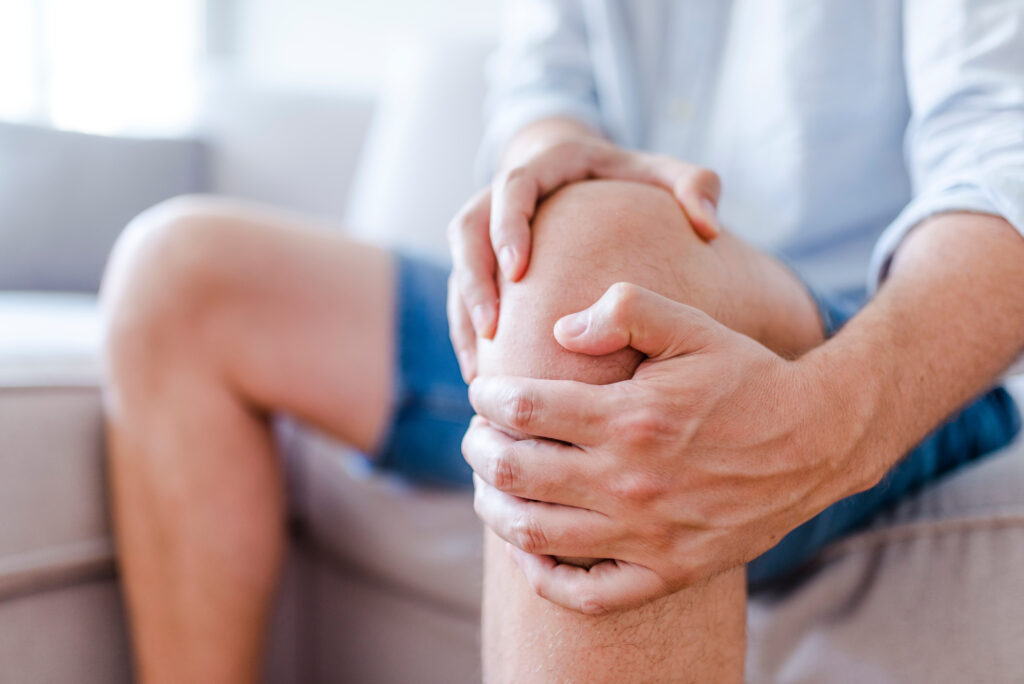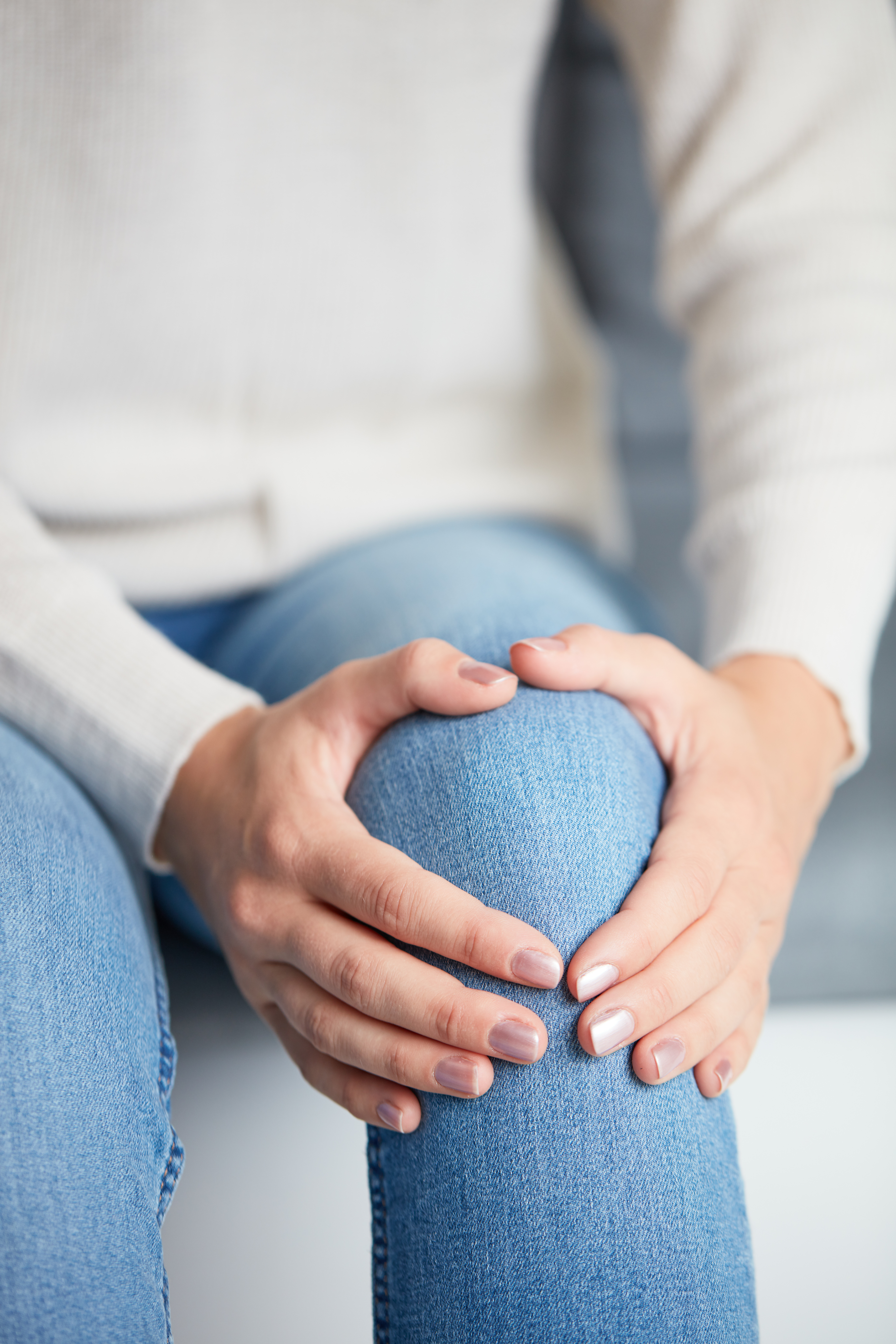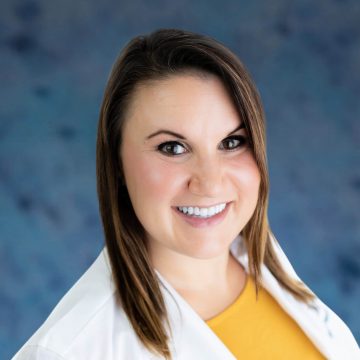REGENERATIVE MEDICINE
Osteoarthritis and Regenerative Medicine
Osteoarthritis occurs when a joint and its surrounding tissues degrade, often due to a loss of fluids in the joints. This can lead to pain, stiffness, and decreased range of motion, making it difficult to maintain an active lifestyle. Our Knoxville Regenerative Medicine services aim to address the root cause of osteoarthritis, helping you regain mobility and avoid more invasive treatments like joint replacement surgery. Depending on your insurance, our Osteoarthritis based injections can be at little to no cost.

AARP uses a multi-pronged approach that offers an 80 percent positive outcome. AARP incorporates:
- Prolotherapy
- Viscosupplementation (hyaluronic acid protocol)
- Physical therapy
- Specialized bracing based on region and diagnosis
- Platelet Rich Plasma (PRP) treatments

Viscosupplementation
In viscosupplementation, we replenish the lubrication you’ve lost. We use pure, healthy forms form of hyaluronic acid to provide long-lasting results. Hyaluronic acid cushions and lubricates your joints and has very few side effects and interactions. It works by binding with your own fluid-producing cells to teach them to start producing cells again. It is safe, with few side effects, and it is FDA-approved for use by medical specialists.
As a person ages, this fluid can thin, changing from very thick to very watery, and eventually even go away completely. Cartilage becomes thinner, and bones begin to rub together.
Patients may have as few as two injections or as many as five. Studies show that patients with pain onset secondary to hyaluronic acid who have not had viscosupplementation therapy average 8½ months until they are forced to have knee replacement surgery (TKR). Patients who have one round of HA average 17 months until TKR. The delay of surgery increases with each subsequent dose.
We use fluoroscopic x-ray imaging to ensure that our injections go exactly where they need to go. According to the American Journal of Sports Medicine, such imaging is 99 percent accurate, as opposed to 75 percent accuracy for injections that are done without imaging.
We follow the injection with physical therapy, which increases your success rate by 25 percent. If needed, we use specialized bracing that reduces the pressure on your joint and helps it heal properly.
This treatment is covered by insurance, including Medicare.
PRP
For PRP treatments, we take your blood and put it into a centrifuge. Golden liquid rises to the top. This is platelet-rich plasma, which contains up to eight times the concentration of normal platelet levels. PRP contains several different growth factors and other cytokines that can stimulate healing of soft tissues such as muscles, ligaments and tendons. We inject that concentrated PRP back into the injured or degraded area, where it stimulates your body to heal itself.
The therapy has been shown to be safe and effective in treating conditions and injuries such as:
- Rotator cuff tendinitis and partial tears in the shoulders
- Lateral and medial epicondylitis in the elbows
- Facet joint arthritis, sacroiliac joint pain, hip girdle muscle pain, and hamstring tendonitis in the back and hips
- Ligament sprains in the wrists and hands
- Patellar tendonitis, meniscus tears, and cartilage defects in the knees
- Plantar fasciitis, Achilles tendonitis, and sprains in the ankles and feet
How do you know if PRP is right for you?
- Your pain has lasted at least three months (for chronic conditions)
- You have sprains, strains, or tears of muscles, ligaments or tendons (acute conditions)
- Your symptoms and examination results are consistent with diagnosis
- You have persistent pain despite standard non-operative treatment
- Your condition can be seen on diagnostic imaging, such as x-ray, MRI, CT, and/or ultrasound
- You wish to delay or avoid surgery
PRP is not currently covered by health insurance, but the cost ranges in the hundreds, not thousands, of dollars and flexible financing options are available.
Prolotherapy
Our bodies have an amazing ability to heal themselves, but sometimes they shut down the healing process a little too soon to experience complete recovery. That’s where prolotherapy can make a big difference.
Prolotherapy uses a special formula designed to stimulate the body’s natural healing response. A typical treatment involves using a thin needle to inject a solution to several points around your target pain area, such as joint space, ligament or tendon and often utilizes imaging guidance such as diagnostic ultrasound. This solution usually contains a local anesthetic and a concentration of dextrose.
The therapy has been shown to be safe and effective in treating conditions and injuries such as:
- Rotator cuff tendinitis and partial tears in the shoulders
- Lateral and medial epicondylitis in the elbows
- Facet joint arthritis, sacroiliac joint pain, hip girdle muscle pain, and hamstring tendonitis in the back and hips
- Ligament sprains in the wrists and hands
- Patellar tendonitis, meniscus tears, and cartilage defects in the knees
- Plantar fasciitis, Achilles tendonitis, and sprains in the ankles and feet
How do you know if PRP and/or Prolotherapy is right for you?
- Your pain has lasted at least three months (for chronic conditions)
- You have sprains, strains, or tears of muscles, ligaments or tendons (acute conditions)
- Your symptoms and examination results are consistent with diagnosis
- You have persistent pain despite standard non-operative treatment
- Your condition can be seen on diagnostic imaging, such as x-ray, MRI, CT, and/or ultrasound
- You wish to delay or avoid surgery
PRP and Prolotherapy is not currently covered by health insurance, but the cost ranges has become much more affordable over the years and flexible financing options are available.
Why Choose Our Knoxville Regenerative Medicine Center
Our experienced team of regenerative medicine specialists in Knoxville is dedicated to providing the highest standard of care for our patients. We offer:
- Personalized treatment plans tailored to your specific needs and goals
- State-of-the-art regenerative medicine techniques and therapies
- A comprehensive approach to health and wellness that goes beyond symptom management
Don’t let pain and discomfort hold you back from living the life you deserve. Choose our Knoxville Regenerative Medicine center for innovative solutions that support your overall health and well-being. Contact us today to schedule a consultation and find out if you’re a candidate for our Advanced Arthritis Relief Protocol or other regenerative medicine treatments. Experience the difference that regenerative medicine can make in your life and start your journey towards a healthier, pain-free future.


